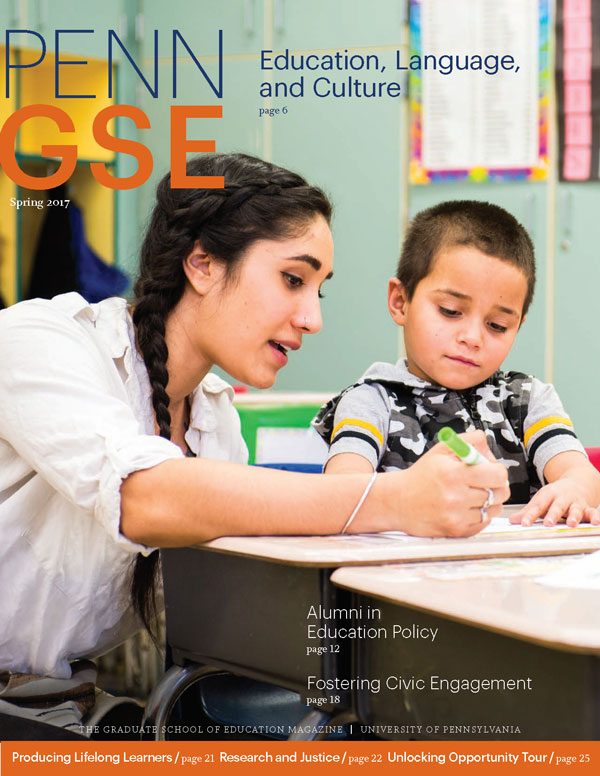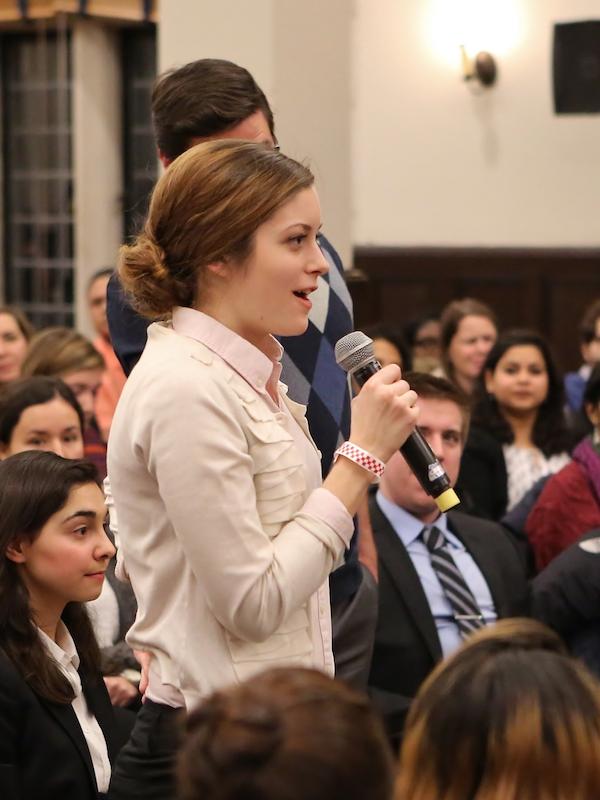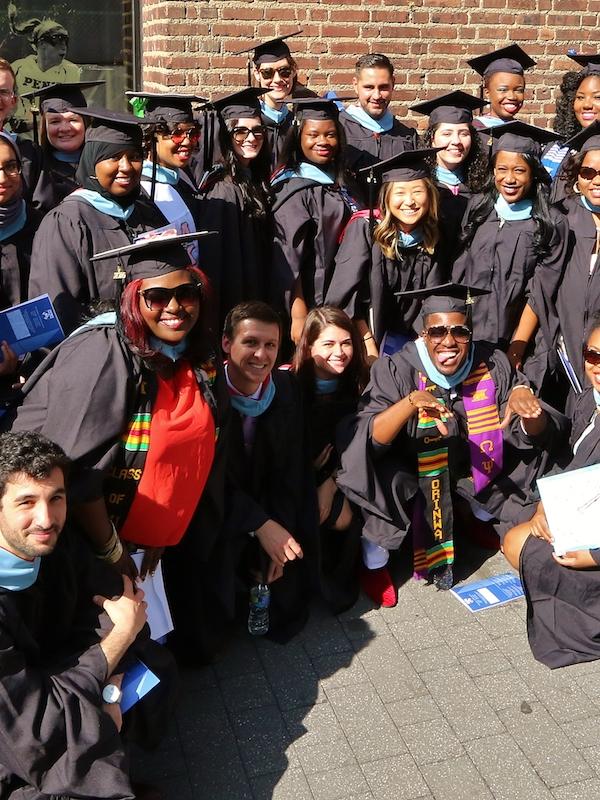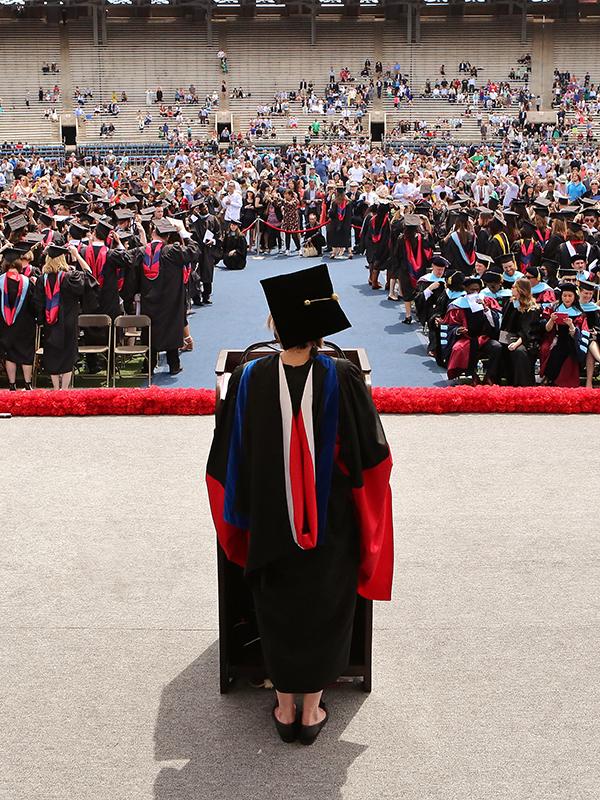A National Voice: Alumni in Education Policy
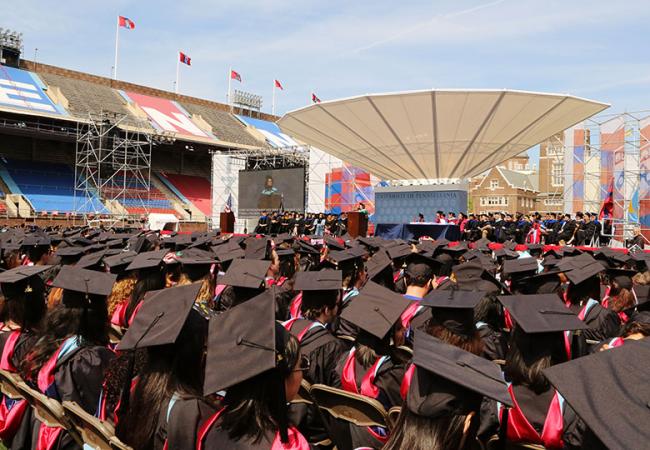
by Lini S. Kadaba
“When you make your institution or campus part of the community, you change the life of the community.”
As the country begins a new era under a new administration, the challenges and opportunities facing education continue to be many—and how they are addressed could have a profound impact on K–12 and higher education for years to come. Penn GSE alumni are playing a transformative role in shaping the national education landscape. Graduates in government, research, and leadership roles have plenty of innovative ideas on how to tackle some of the nation’s most pressing educational challenges, whether by offering affordable college options, ensuring data-driven decisions, expanding educational access, or valuing the liberal arts. Here, four leaders share their insights.
Keeping Costs Down through Community Colleges
For many, the cost of higher education is a major hurdle to attending and finishing a degree. The new administration has said it will work with Congress on reforms that encourage colleges and universities to reduce costs in exchange for federal tax breaks and dollars. According to Peter Jordan, GRD’08, community colleges are an important—and often overlooked—player in holding down price tags.
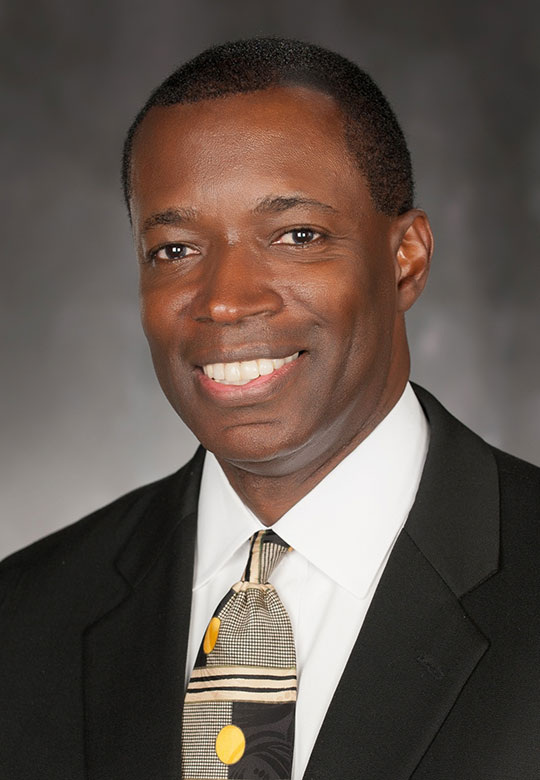
Photo by Glen Ellman.
At Tarrant County College, a community college system with six campuses, the per-credit cost is $59 for locals. Taxes, both local and state, contribute to supporting the school. Jordan also credits strong management and thoughtful investment decisions by the college’s board and administration with helping to maintain a lean bottom line.
Since Jordan took the helm at Tarrant in 2012, the college has opened two buildings without accruing debt. The 80,000-square- foot Center for Excellence for Energy Technology allows for growth in the college’s degree and certificate programs in heating, air- conditioning, and refrigeration as well as the development of new programs in renewable energy. Early College High School, housed in a 28,000-square-foot space, offers motivated high schoolers access to a college curriculum plus the opportunity to earn their associate’s degree and high school diploma simultaneously. Credits can transfer to the University of Texas or other state higher education institutions in Texas, potentially allowing students to begin college as juniors. “It’s about making sure not only that you’re not ending up with enormous college debt,” Jordan says, “but also that you’re getting a tremendous academic foundation.” He thanks Penn GSE and its rigorous dissertation requirement for giving him “the confidence to pursue a college presidency.” To complete his Ed.D. in Penn GSE’s Executive Doctorate in Higher Education Management program, he produced a dissertation researching successful African American male students at an urban community college.
Today Jordan takes great pride in touting Tarrant’s relevance from “cradle to cane.” Besides the traditional associate’s degree and early college program, the campus serves K-12 students through after-school and summer programs and offers senior citizens a variety of learning opportunities, from fine arts to social media.
“When you make your institution or campus part of the community,” he says, “you change the life of the community.”
Using Data to Guide Policies
The Every Student Succeeds Act (ESSA), signed in 2015, is poised to fully roll out in 2017 to replace the No Child Left Behind Act of 2001. It has the potential to significantly change K–12 education—and whether ultimately that’s for better or worse depends largely on the deft use of research and assessment to guide decisions, argues Irma Perez-Johnson, GR’08.
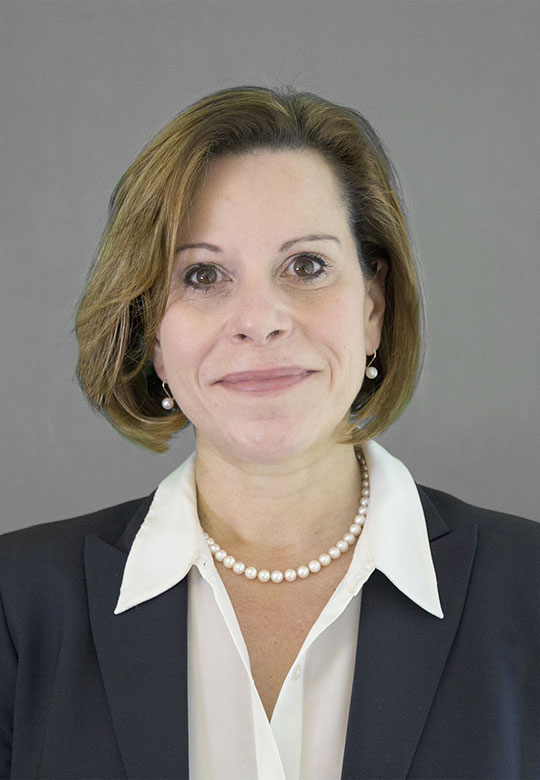
“There will be lots to track and study,” says Perez-Johnson, a vice president at American Institutes for Research (AIR) specializing in research and evaluation. AIR, a nonpartisan, not-for-profit organization based in Washington, DC, conducts behavioral and social science research domestically and internationally in the areas of health, education, and workforce productivity. It is one of the largest organizations of its kind in the world.
“The locus of control and decision-making is moving away from the federal level, or at least the federal level will have a more limited role,” Perez-Johnson says of ESSA. “States and local districts will have broader discretion on a host of policies.”
Will they stick with current Common Core State Standards? Or try “challenging state academic standards,” which can include subjects beyond math, language arts, and science? What will individual states emphasize for students to learn and master? Which strategies will states—or even individual principals and teachers—use to intervene in low-performing schools and make improvements?
Examining what happens next will be key to ensuring data-driven decisions in the years ahead, according to Perez-Johnson. “We have not uncovered any silver bullets that will help us immediately transform education,” she allows, “but we have found some things that help us make progress. It would be a pity if we failed to build on the knowledge base that has been established.”
Looking ahead, Perez-Johnson also says that U.S. Secretary of Education Betsy DeVos’s expected emphasis on vouchers to expand school choice to private schools should receive close scrutiny. Evidence on the effectiveness of different types of schools—public, charter, or private—is limited and mixed, with wide variability, she says. “Widespread use of vouchers would represent a bold change in education policy,” she states. “It would be very important to study the effects of such an approach.”
For more than twenty years, Perez-Johnson has built a career using data to figure out what works and what doesn’t. At Mathematica, a nonpartisan, international research organization where Perez-Johnson was a senior researcher and board member, she focused on the evaluation of labor and educational initiatives. She looked at why gaps in student achievement persist and examined the effectiveness of Race to the Top and School Improvement Grants, as well as data-driven instruction.
Perez-Johnson says that earning her Ph.D. in education policy at Penn GSE bolstered her understanding of new research methodologies. “It was wonderful to be embedded within the Graduate School of Education among individuals who thought about education from different angles,” she says.
The experience left her as committed as ever to policy making guided by proof. “Ultimately, that’s the best way to invest resources,” she says.
Educational Opportunity through Technology
The mission of the U.S. Department of Education includes “ensuring equal access”—a goal that has too often proven elusive. David Soo, GR’11, views technology as a key tool for supporting equal opportunity.
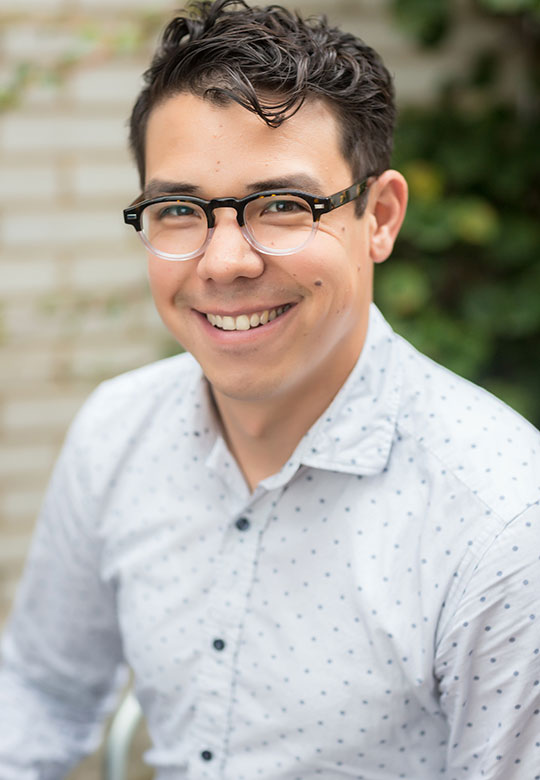
Coding boot camps, apprenticeships, massive open online courses (MOOCs), and other technological innovations have the potential to increase the number of students who gain access to college and complete degrees, asserts Soo, a senior policy adviser in the Office of Educational Technology within the Secretary’s Office at the U.S. Department of Education.
“It is imperative to innovate to ensure that education is available to all students. How we choose to do that innovation is going to be very important,” he says. “Technology is one tool, one way to improve equity.” A whopping eleven of the fifteen fastest-growing occupations through 2024 will require postsecondary education, according to the Bureau of Labor Statistics. “We need more students to get through college that is affordable, high quality, and meets their needs,” Soo says. “For some students, it will be an analog experience. But for most, it is going to incorporate some aspect of technology.”
One novel experiment that Soo has helped lead during his more than five years with the Department of Education is the Educational Quality through Innovation Partnerships (EQUIP). Launched in 2016 at eight pilot sites, it encourages colleges and universities to create innovative partnerships. EQUIP links nontraditional training providers to academic institutions, thereby allowing students— particularly those from low-income backgrounds—to access federal financial aid for the first time.
As part of the program, Colorado State University’s Global Campus plans to join with start-up Guild Education to move working adults from low-wage jobs into supervisory roles. Students will enroll in a one-year certificate program in management fundamentals that combines online lectures, role playing, simulations, and capstone projects. Similarly, Northeastern University in Boston intends to offer an accelerated bachelor’s degree program in advanced manufacturing, with online courses and interaction for students as well as face-to-face experiential learning through General Electric.
Just as important as innovative efforts, Soo adds, are processes that evaluate the initiatives’ outcomes to establish best practices. Independent, third-party organizations are set to assess outcomes and monitor how students fare with jobs. “If we’re not intentional about it,” he cautions, “technology can exacerbate some of the economic disparities.”
Soo traces his career trajectory into higher education innovation straight back to his experience at Penn GSE. While working on his Ph.D. in higher education, he obtained an internship at the U.S. Department of Education with the help of Professor Matthew Hartley. Soo, whose early career was in student life, soon caught the policy bug through his practical experience in Washington. He says his doctorate also gave him a broad and deep understanding of higher education governance and structure, which he believes is critical to creating programs that have real impacts.
“We need to continue to work with academic institutions to ensure that all students, regardless of their background, have the chance to pursue a complete education,” Soo says.
Making the Case for the Humanities
To Margaret “Peggy” Plympton, GRD’11, a liberal arts education—regardless of one’s career path—represents a timeless foundation for success. But in a higher education environment of limited resources and increasing focus on workforce preparation, the study of traditional liberal arts subjects such as the humanities, social sciences, and abstract math and science can prove a tough sell.
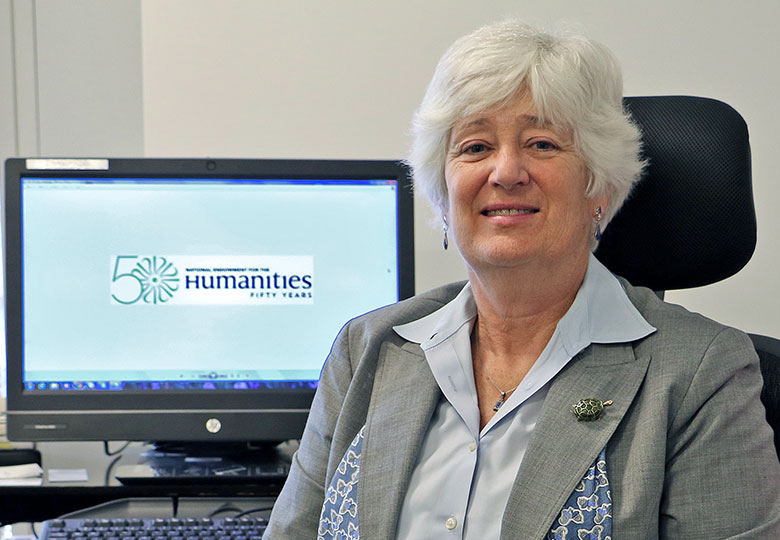
And therein lies the challenge for educators, says Plympton, deputy chair of the National Endowment for the Humanities. “How do we make the case that these are investments worth making?” she asks.
One clear answer comes through the daily work of Plympton and others at NEH, an independent
federal agency that funds programs in language, literature, history, philosophy, archaeology, ethics, and other humanities subjects around the country. The agency’s website claims a central role for these disciplines in the life of the nation: “Because democracy demands wisdom, NEH serves and strengthens our republic by promoting excellence in the humanities and conveying the lessons of history to all Americans.”
Appointed to her post in January 2015, Plympton oversees operations, with a budget of $150 million and 160 employees. In her role, she says, she looks to build partnerships that advance the humanities while getting the most bang for the taxpayer buck. Some of NEH’s hundreds of grants have sought to support cultural institutions, strengthen teaching and learning of the humanities in both schools and colleges, and encourage original scholarship.
Plympton has embraced the value of the humanities and the larger sphere of the liberal arts since her undergraduate days as a Latin major at Wellesley College in Massachusetts. “It’s a role for higher education writ large to be able to help people understand, ‘Why does it matter?’ Why is it worth it for students, but also why is it worth it for all of us?” she says. “The value of a liberal arts education lies in critical thinking skills, effective communication skills, an understanding of the historical context of our world today, the ability to understand and appreciate the worldviews of others, and the capacity for lifelong learning.”
“The value of a liberal arts education lies in critical thinking skills, effective communication skills, an understanding of the historical context of our world today, the ability to understand and appreciate the worldviews of others, and the capacity for lifelong learning.”
Her own career, largely spent in higher education finance and administration, has taught her firsthand the benefits of these habits of mind. “Just learning accounting might get you your first job, but it’s absolutely not going to equip you for a career,” she says.
Plympton applauds schools with professional programs that still demand a holistic approach to education. She cites her previous employer, Lehigh University in Bethlehem, Pennsylvania, which encourages future engineers to develop a broad, multidisciplinary perspective. After all, they will need to understand client needs and communicate ideas to those in other fields, she says.
At Penn GSE, Plympton honed her skills in the Executive Doctorate in Higher Education Management program, earning her Ed.D. while picking the minds of a “cadre of fellow travelers”—her cohort of twenty-five classmates progressing through the program together. “My cohort members were instant supporters and sources of information,” she says. “I really think that’s the most important part. We still keep in touch.”
After a stint as an executive search consultant, Plympton got the dream opportunity at NEH. Education, she says, is the thread that runs through her career and drives her work. “I care deeply about how our nation prepares college graduates,” she says. “Helping colleges and universities provide educations that matter is what gets me up in the morning.”
This article originally appeared in the Spring 2017 issue of The Penn GSE Magazine.

